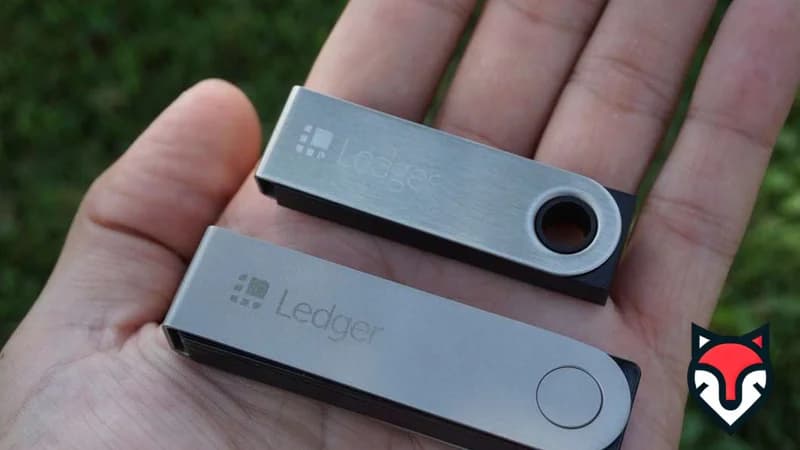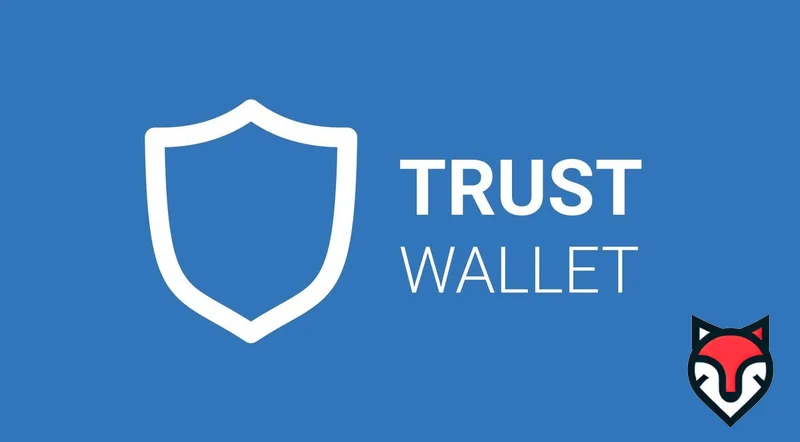Suggested
News
Last updated: Saturday, March 29, 2025

Ethereum ETH Review 2025 - The Leading Smart Contract Platform
As of March 28, 2025, Ethereum (ETH) remains the undisputed leader in smart contract technology, powering the largest ecosystem of decentralized applications (dApps) in Web3. Launched in 2015 by Vitalik Buterin and co-founders, Ethereum transitioned to Proof-of-Stake (PoS) with The Merge in 2022, enhancing efficiency. With over 10,000 dApps and a $400B market cap, Ethereum sets the standard for blockchain innovation. This 2000-word review by cryptostats.xyz explores its technology, ecosystem, founders, governance, price trends, competitors, future roadmap, trading strategies, strengths, weaknesses, and real-world impact.
Technology and Proof-of-Stake
Ethereum’s backbone is its PoS consensus, implemented via The Merge (2022), slashing energy use by 99.95%—from 112 TWh to 0.03 TWh yearly (Ethereum.org). It processes 15-30 TPS natively, with sharding (2024) boosting it to 100 TPS. Layer 2 rollups like Arbitrum and Optimism scale it to 100,000 TPS, per Vitalik’s 2025 roadmap blog. Solidity powers smart contracts, with gas fees dropping to $0.50-$2 post-Dencun (2024). The 2025 Verkle tree upgrade cuts node size, enhancing decentralization.
Ecosystem and Adoption
Ethereum hosts 10,000+ dApps, with $50B TVL (DeFi Llama, 2025). DeFi giants like Uniswap ($10B TVL) and NFT platforms like OpenSea (40M+ mints) dominate. Real-world use includes JPMorgan’s Quorum blockchain and Microsoft’s tokenization pilots (CoinDesk). The Ethereum Name Service (ENS) registers 3M+ domains, per ENS stats. Ethereum’s ERC-20 and ERC-721 standards underpin 80% of tokens, cementing its Web3 reign.
Founders and Vision
Vitalik Buterin, with Gavin Wood, Joseph Lubin, and others, launched Ethereum in 2015 via a $18M ICO. Buterin’s vision: a ‘world computer’ for trustless apps, per Ethereum’s whitepaper. Wood’s Solidity and Lubin’s ConsenSys scaled it. By 2025, Buterin’s X posts advocate mass adoption, backed by $1B+ in Ethereum Foundation grants (2021-2024, Crunchbase).

Governance and Tokenomics
Ethereum’s governance is off-chain, led by core devs and the Ethereum Foundation. EIP-1559 (2021) burns 70% of fees—5M+ ETH by 2025 (Etherscan)—making it deflationary post-Merge (1.5% issuance). Staking locks 30M ETH (25% supply), per Beaconcha.in. Critics flag centralization, but community forums like EthMagicians balance input.
Price Performance
ETH trades at $3,412 (CoinMarketCap, March 27), down 30% from its $4,878 ATH (2021) but up 40% in 2024. Sharding and Trump reserve buzz (X) spiked it 12% in Q1 2025. Forecasts hit $5,000-$6,000 by year-end (CoinPedia), with $2,500 risks if L2 adoption lags. Its $400B cap dwarfs Solana’s $120B.
Competitors and Market Position
Ethereum rivals Solana (speed), BNB (fees), and Cardano (research). Solana’s 4,000 TPS and $0.00025 fees outpace ETH, but Ethereum’s 10,000 dApps crush Solana’s 3,000. BNB’s $0.01 fees compete, yet Ethereum’s ERC standards and L2s hold sway. Cardano’s stability lags Ethereum’s scale.
Future Roadmap
Ethereum’s 2030 roadmap eyes 1M TPS via sharding and L2s (Vitalik’s blog). Danksharding (2026) and stateless clients aim for efficiency. Analysts predict $10,000-$20,000 by 2030 (Changelly) if TVL hits $100B, with $50,000 by 2040 possible. Regulatory risks (SEC, 2023) could cap it at $5,000.
Trading Strategies
Long-Term: Buy at $3,200-$3,400, target $5,000-$6,000 (TradingView). Swing: Trade $3,412-$3,800, watch RSI and EIP news. L2 updates on X spark 10-15% jumps; set stop-losses at $3,000 for regulatory dips.
Strengths and Weaknesses
Strengths: Ecosystem size, developer adoption, L2 scaling. Weaknesses: High fees (pre-L2), slow native TPS. Ethereum’s depth is unmatched, but speed trails Solana.
Real-World Impact
Ethereum powers JPMorgan’s blockchain and Microsoft’s pilots (CoinDesk). ENS aids identity, while DeFi yields bank the unbanked. Its 0.03 TWh use (post-Merge) aligns with ESG (UCL), with a $400B cap reflecting global trust.
Conclusion
Ethereum’s smart contract dominance and PoS evolution solidify its 2025 Web3 lead. L2s and sharding promise growth, despite fee challenges. See cryptostats.xyz. Can ETH hit $6,000 this year?
Related Articles
- U.S. Strategic Crypto Reserve: Boosting Blockchain Adoption and Scalability
- Bluesky: The Decentralized Social Network Shaping the Future of Crypto and Web3
- Crypto and AI Beyond Trading: Transforming Education, Governance, and Society
- Quantum Computing Threat to Crypto: Encryption Risks and Solutions in 2025
- Interoperability: How Polkadot and Cosmos Connect Blockchains in 2025
- Bitcoin Rebounds Strongly in 2025 Thanks to Trump’s Crypto Policies
- Bybit’s Response to the $1.5 Billion Hack: A One-Year Recovery Plan Unveiled
- Interpol Red Notice Targets Crypto Founder: A Spotlight on Legal Gaps in 2025
- New Blockchain Technologies in 2025: Modular and Parallel Innovations
- Synthetic Assets: Tokenized Derivatives and Top Projects in 2025





